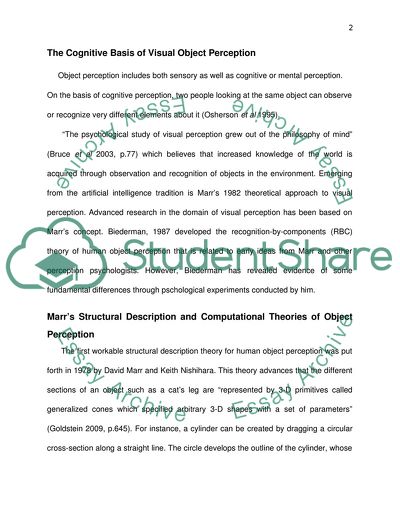Cite this document
(“The Cognitive Basis of Visual Object Perception Essay”, n.d.)
The Cognitive Basis of Visual Object Perception Essay. Retrieved from https://studentshare.org/psychology/1565423-with-reference-to-relevant-empirical-research-compare-and-contrast-two-named-theories-of-object-perception
The Cognitive Basis of Visual Object Perception Essay. Retrieved from https://studentshare.org/psychology/1565423-with-reference-to-relevant-empirical-research-compare-and-contrast-two-named-theories-of-object-perception
(The Cognitive Basis of Visual Object Perception Essay)
The Cognitive Basis of Visual Object Perception Essay. https://studentshare.org/psychology/1565423-with-reference-to-relevant-empirical-research-compare-and-contrast-two-named-theories-of-object-perception.
The Cognitive Basis of Visual Object Perception Essay. https://studentshare.org/psychology/1565423-with-reference-to-relevant-empirical-research-compare-and-contrast-two-named-theories-of-object-perception.
“The Cognitive Basis of Visual Object Perception Essay”, n.d. https://studentshare.org/psychology/1565423-with-reference-to-relevant-empirical-research-compare-and-contrast-two-named-theories-of-object-perception.


